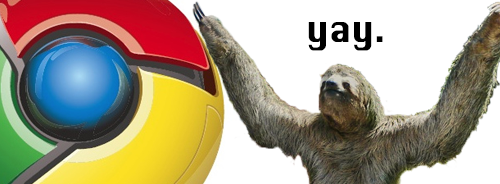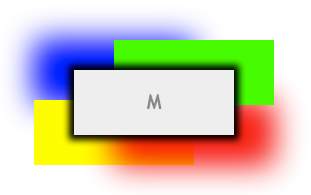Chrome Extension Basics

I use Chrome extensions all the time and decided it was time to figure out how to make my own. I found it to be incredibly easy and I’d like to share with you some of the basics, as well as an example of an extension I made. Let’s get started!




